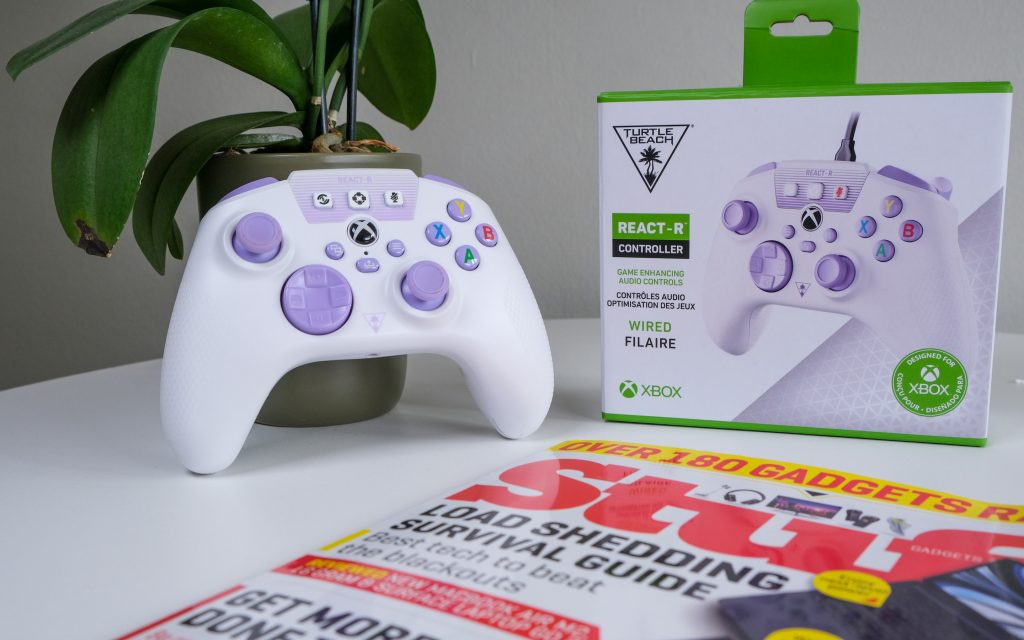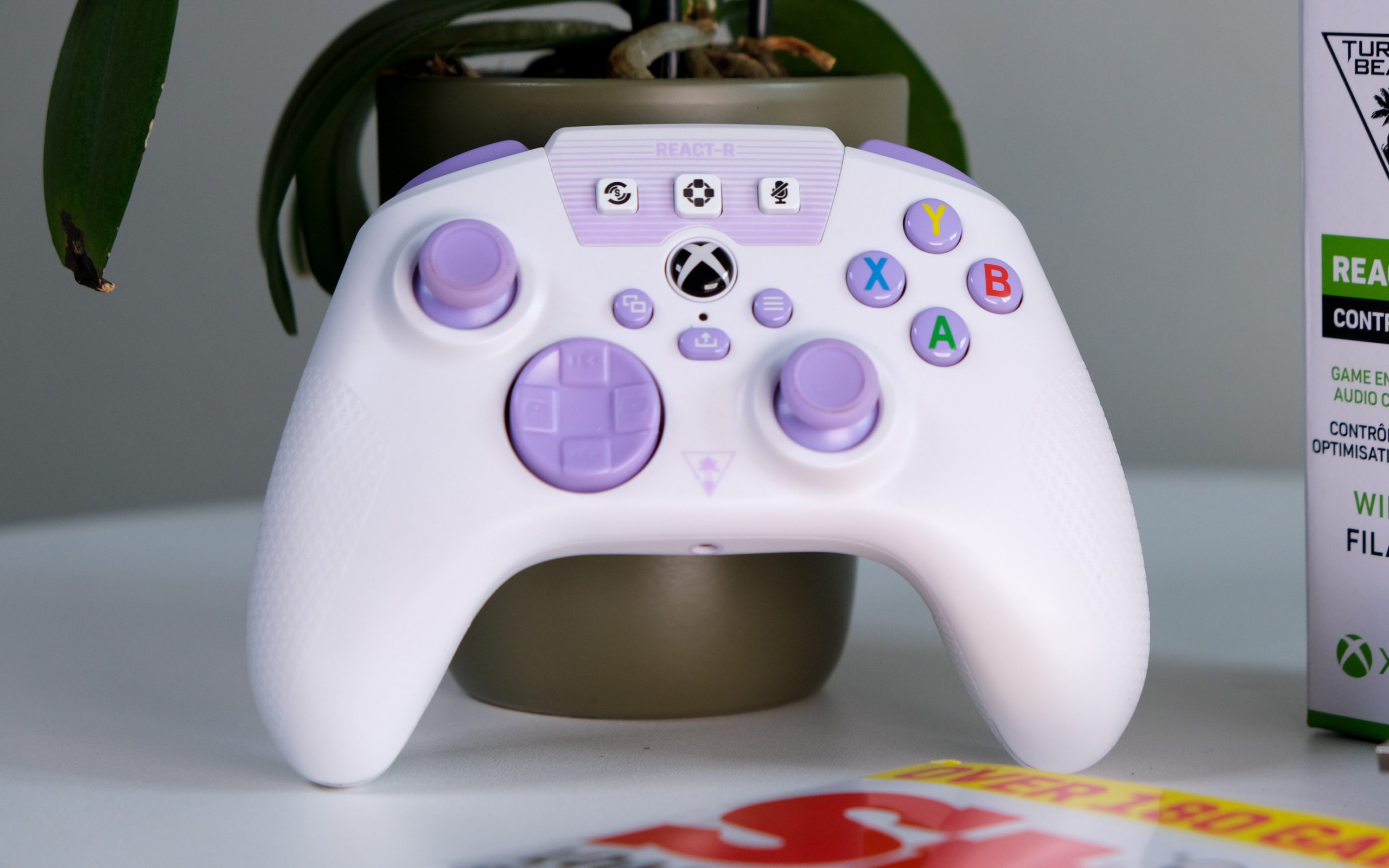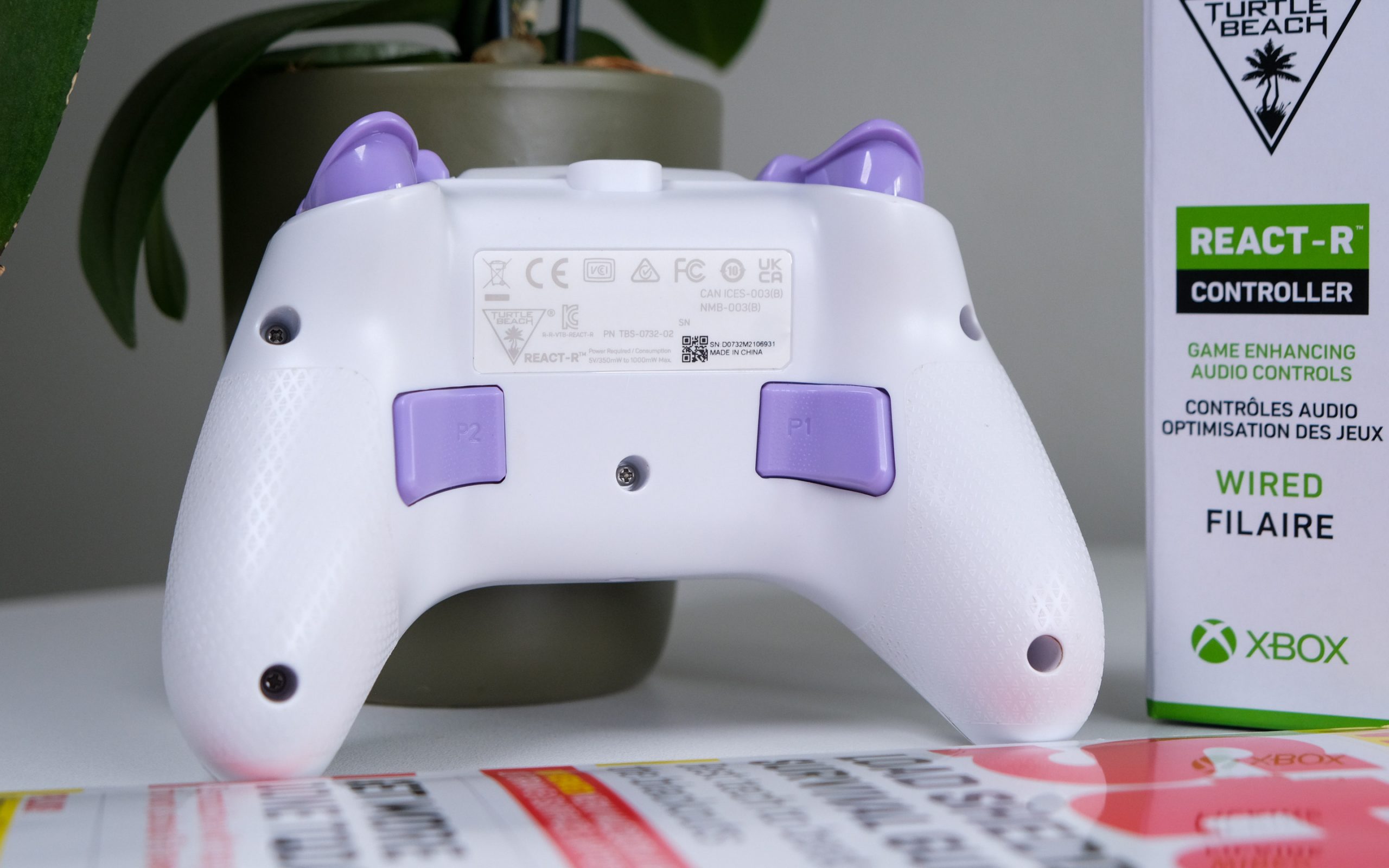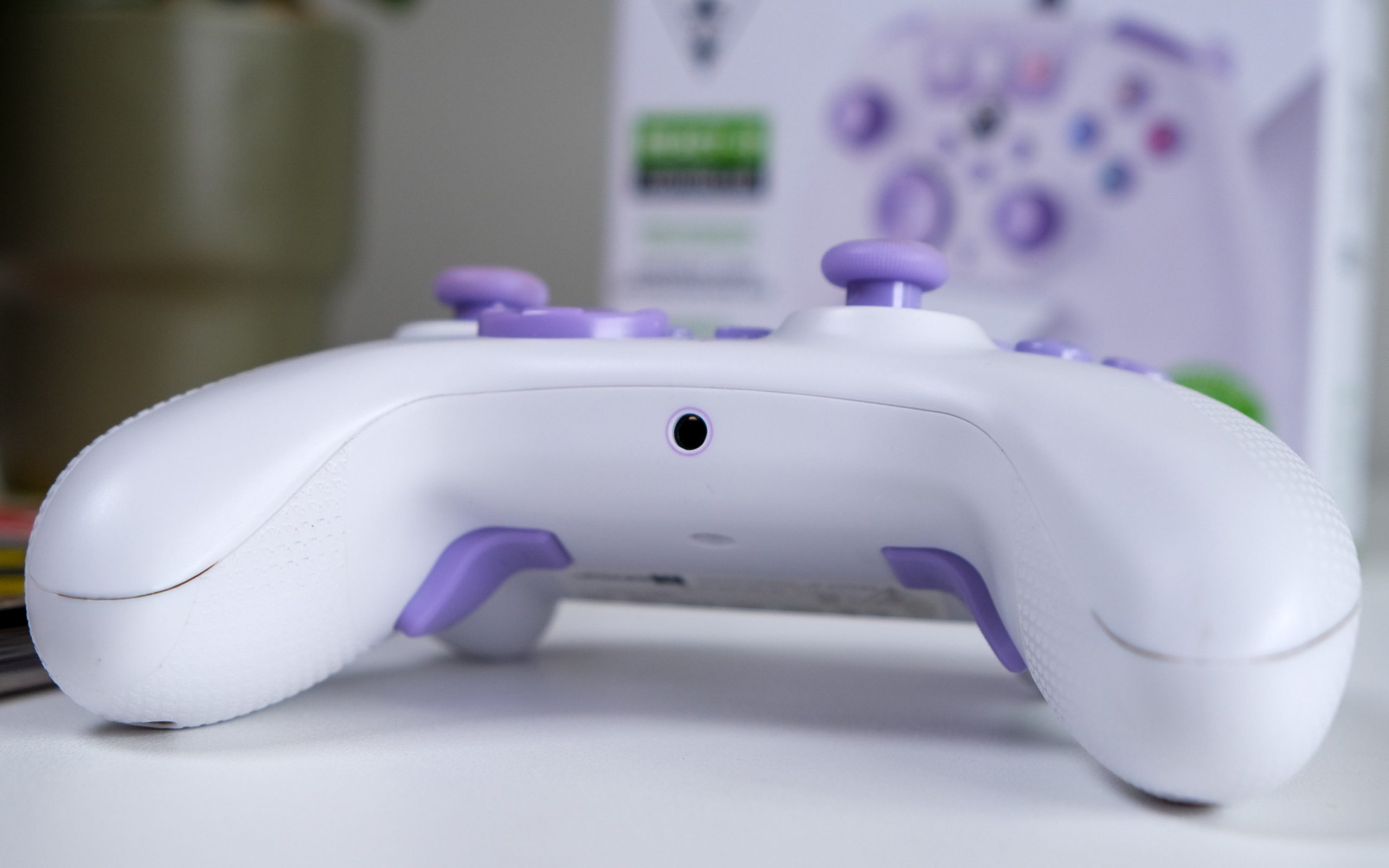If you just want a cheap second controller, then the React-R is a decent choice. Excellent build quality and some interesting features mean it might even displace your first-party hardware as the controller of choice. But, for our money, the stock Microsoft controller is still the better human interface device.
-
Price
-
Features
-
Design
-
Build
Video games have become expensive of late. It’ll still cost you in excess of R10,000 for the latest consoles. Game prices are nudging the R1,500 mark. And first-party game controllers will set you back about the same. Turtle Beach has something for the Player Two in the equation that won’t be quite as murderous to your bank balance — the React-R controller.
It’s far from the only option from the peripheral maker. Recently, Stuff went hands-on with Turtle Beach’s Recon controller. That one’s a little more expensive than this edition for some reason but they’re both wired and they’re both for Xbox Series consoles. The question becomes: Are you on the Recon Team or Team React?
React on sight
Turtle Beach’s Recon might be the more expensive controller but we’re actually much bigger fans of the React-R’s build. There’s a reassuring solidity to the controller that suggests it’ll survive a playthrough with any From Software game. Nobody wants a controller that feels like it’ll snap in half.
The React-R is available in two shades. There’s the more boring black-and-grey ensemble but there’s also this purple-and-white combination that kept us thinking of Nintendo’s Gamecube throughout the review. Not because it handles anywhere similar to a Gamecube controller. It’s just the colour scheme. In terms of the actual layout, you’re looking at a stock Xbox Series controller, with a couple of additions. There are additional buttons on the controller’s face, which are either for activating the React-R’s audio feature or for remapping the twin paddles underneath the controller itself.
The standard buttons are… well, standard. They’re noticeably less high quality than the stock Xbox Series controller but they’re not poor quality by anyone’s standards. It’s just that Microsoft’s controller does its job extremely well. The thumbsticks are very hard plastic throughout but both movement and return-to-centre are excellent. The direction pad is a fair attempt at cloning the Series controller’s D-pad. It’s far more likely that you’ll only use it to tweak the React-R’s audio settings using the centre-mounted Shift button.
Self-actualisation
Turtle Beach’s controller plays more than well enough for its price bracket. You’re not going to completely forget that you’re rocking third-party hardware, especially in this shade, but the experience of running and gunning is very close to the original thing. We spent time skull-popping Nazis in Wolfenstein II: The New Colossus for this review and sending Terror-Billy through enemy hordes felt as natural as it ever did.
We’ve got a little concern about the fine accuracy here, though. Speeding through the later levels of Rayman: Legends, where precision is an absolute must, was a different matter. Rayman’s horizontal movement between vertical walls was frequently cut short by vertical jumps, followed by a swift death. We’re blaming the controller here because a switch to a stock Series X controller sent the little critter blazing through the section without error. Something about the rapid direction shifts just didn’t agree with the React-R.
Odds are you won’t experience much along these lines unless you’re a fan of endless runners or platformers with rapidly escalating difficulty. Shooters and racing games, the two most popular genres, won’t struggle with control at all. By extension, third-person adventure titles should be similarly untouched. Unless they call for pinpoint platforming but you can blame the developers for that, if that’s the case.
Coming up a bit short
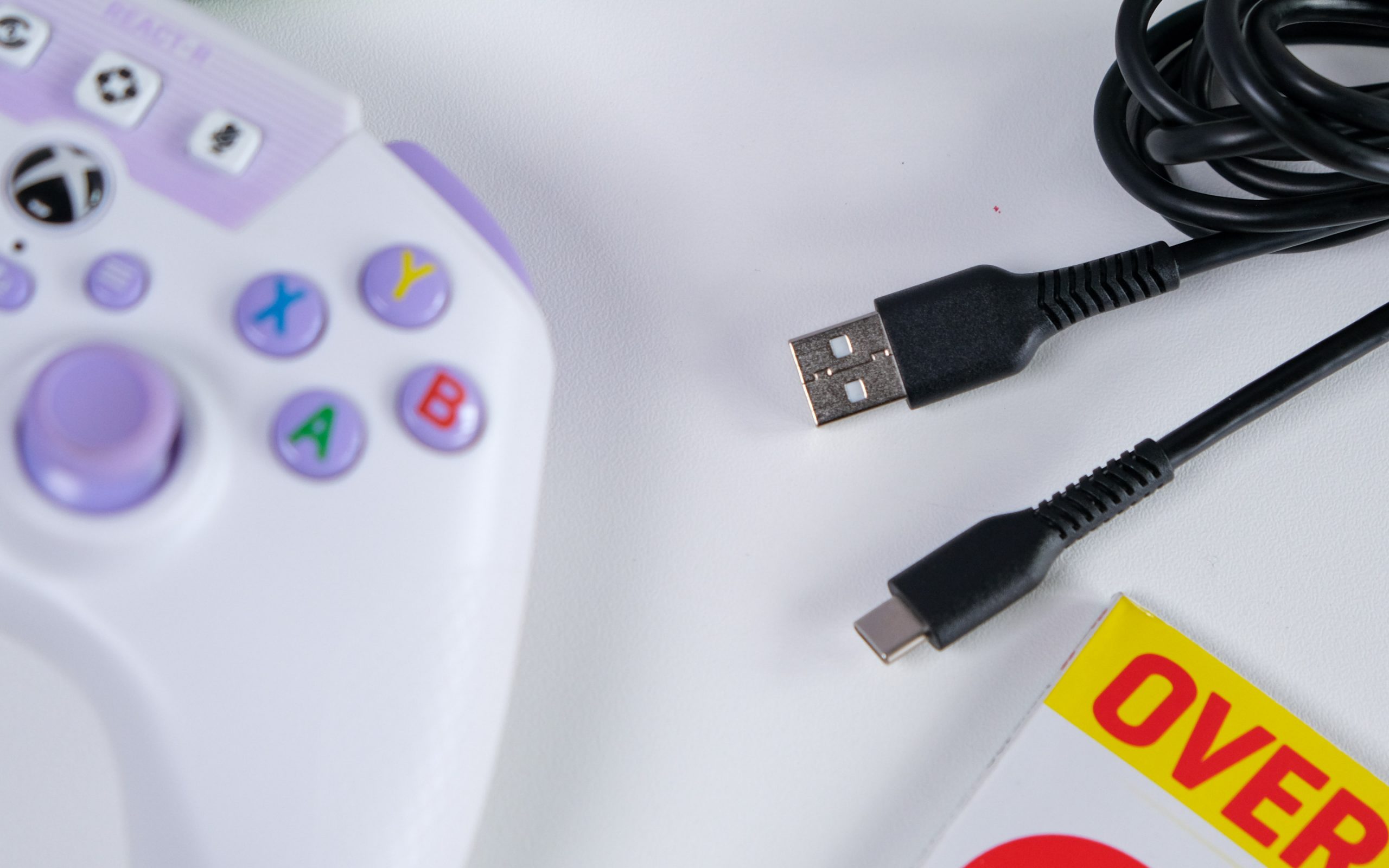 By now you might be wondering about the whole ‘wired’ aspect of this controller. Yes, it’s got a bloody great big wired jammed in the back. It’s a three-metre-long USB-A to USB-C cable, as it happens. No, you can’t use the controller without the wired connection. There’s no internal battery at all. If you accidentally yank the cord loose, you’ll lose connection to your game — not a great move in the closing minutes of a round.
By now you might be wondering about the whole ‘wired’ aspect of this controller. Yes, it’s got a bloody great big wired jammed in the back. It’s a three-metre-long USB-A to USB-C cable, as it happens. No, you can’t use the controller without the wired connection. There’s no internal battery at all. If you accidentally yank the cord loose, you’ll lose connection to your game — not a great move in the closing minutes of a round.
But that means you don’t have to muck around with batteries. Ever. In theory, you should have more accurate button presses since there’s less latency to worry about. For some players, wires that other lounge inhabitants can trip over would seem like a small price to pay. And yet…
We were less than enthusiastic about the cord this time around. It’s fine if you’re sitting relatively close to a relatively well-sized screen but sitting a mere three metres from a 65in TV is a recipe for a sore neck. If you’re using a larger screen, a longer cable or a wholly-wireless controller is a much better option.
Turtle Beach React-R verdict
At R1,000, the Turtle Beach React-R wired controller for Xbox Series consoles is quite a bargain. Build quality is solid across the board, though it lacks the polish of Microsoft’s first-party hardware. Still, there’s built-in audio boosting and you can use the controller to fine-tune your headset. Plus, there are programmable flappy paddles in the rear for when you really want to get up someone’s nose during a team deathmatch. ADS (aiming down sights) has never been faster. Nor has that ‘completely justified’ knife-teleport bullshit attack that Call of Duty games always seem to include. If you’re on a strict budget or have a compact gaming area, the React-R is well worth your time (even if it’ll mostly be used as a guest controller, unless we miss our guess). If your budget will stretch as far as a stock controller, you should still buy that instead.

